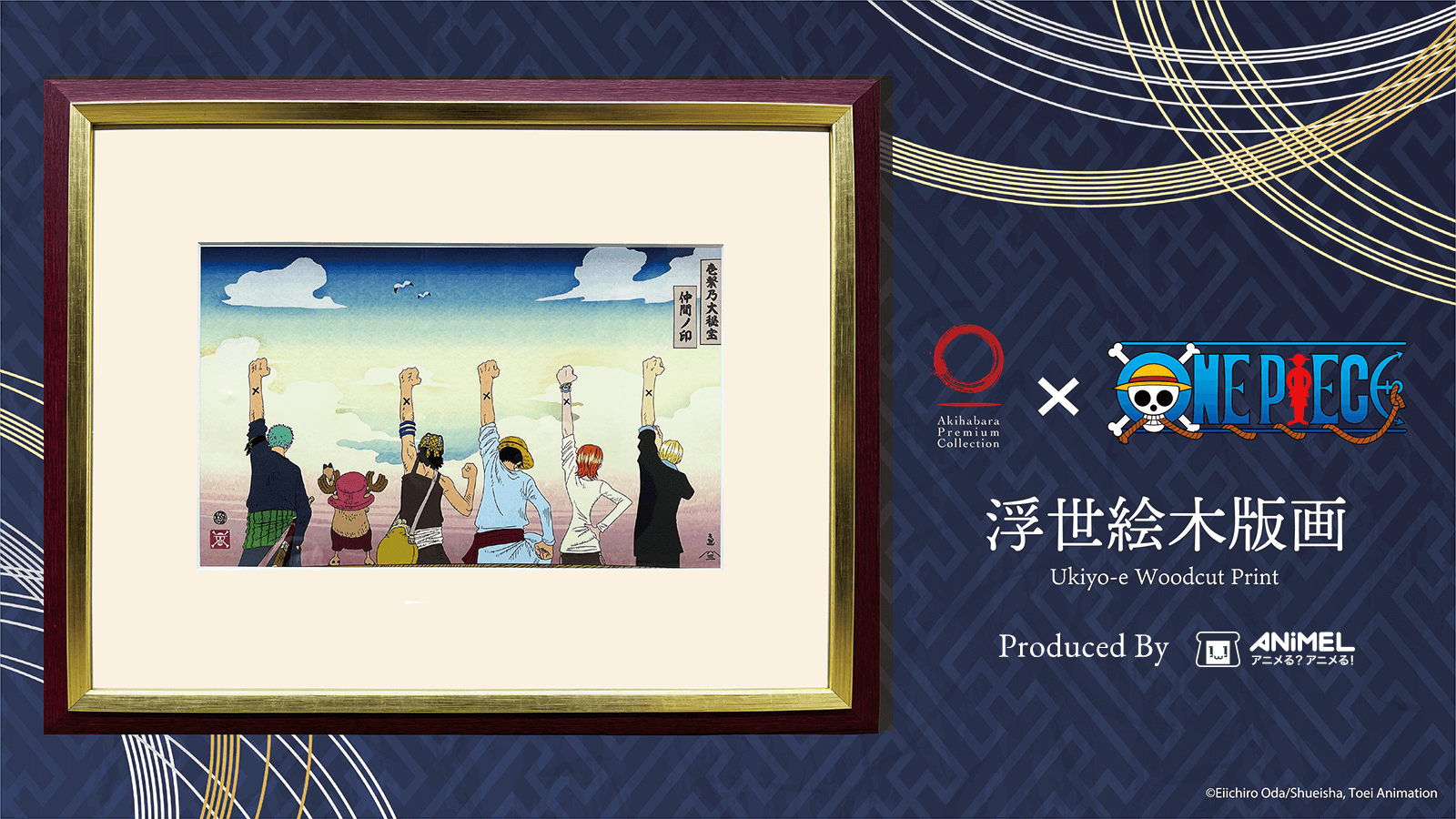Anime × Japanese traditional crafts
ONE PIECE ukiyo-e woodcut print “Symbol of Friendship (Nakama no Shirushi)” product description
This incredible woodcut print has been created as a collaboration between Japan’s finest traditional craftsmen and beloved anime ONE PIECE, the representative of modern Japanese popular culture.
The concept for the piece is the final scene of the highly-popular Arabasta Arc, where Luffy and the Straw Hats bid farewell to old friends upon their departure and raise their hands to show their mark of friendship—"Even if we're far apart, our friendship will prevail."
Limited to 150 pieces worldwide
BUY NOWPre-order period: September 1, 2022 12:00 ~ September 21, 2022 23:59 (PT)
The ultimate handmade item for your collection
Ukiyo-e is a beautiful traditional craft which represents Japanese art and culture, but its industry is in danger. There are now less than 100 craftsmen in Japan practicing this ancient art, which dates back to the Edo period. While there is a focus on training young people to increase their ranks, both production and the raw materials required for the craft shrink day by day. Ukiyo-e can therefore be described as a rare, high-quality traditional craft.
Living National Treasure Ichibei Iwano and Echizen Kizuki Bosho Washi Paper
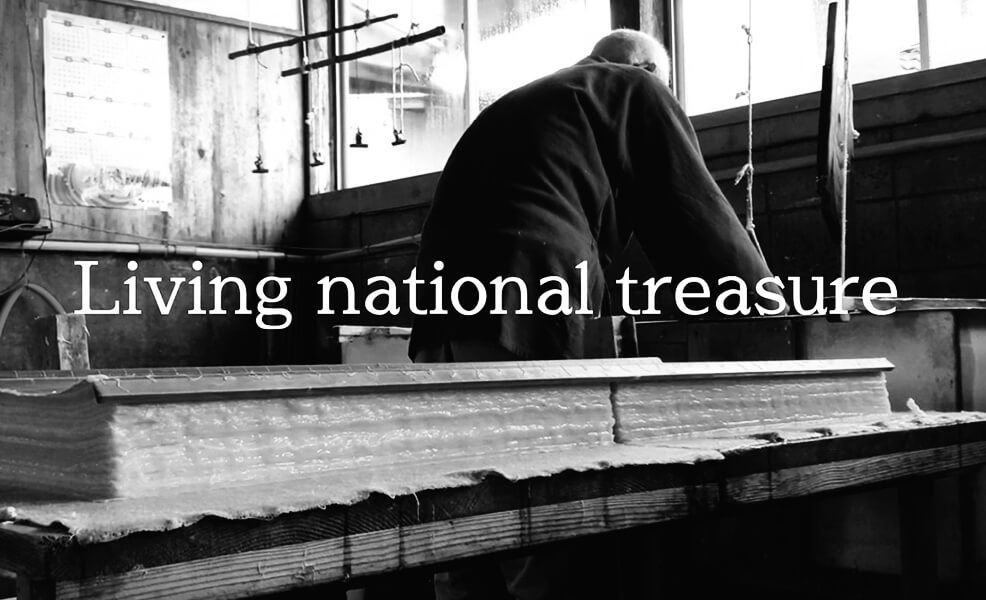
Master washi paper maker Ichibei Iwano was recognized in June 2000 by the Japanese government as a Preserver of Important Intangible Cultural Properties (Living National Treasure) for his work with Echizen Bosho washi paper.
A Living National Treasure is someone who has mastered and preserves an important historical artistic skill. Living National Treasures are designated by the government as valuable cultural heritage. This recognition of skill and importance in the fine arts adds a high-end brand value to the works they are affiliated with or create.
Kizuki Bosho is a type of washi paper made from mulberry tree bark. It is long-established in Japanese tradition and history and is considered to be one of the best types of washi paper.
Used not only for woodcut prints but also for religious rituals and ceremonies, Kizuki Bosho is the ultimate Japanese washi paper, produced preserving the style and texture of washi paper from the Edo period 200 years prior. It is very durable and can withstand the pressure of hundreds of woodcut printings. This formidable paper has been used for the Modern Ukiyo-e with the hopes they will last for another 100 or even 200 years.
Ichibei Iwano, 9th generation washi paper-maker
Ichibei Iwano is a ninth generation washi paper maker from the historic city of Echizen in Fukui Prefecture. Succeeding the Iwano name in 1978, in June 2000 Iwano became recognised as a Preserver of Important Intangible Cultural Properties (Living National Treasure) for his work with Echizen Bosho washi paper, the highest in honor in Japan for traditional arts.
Handed down for generations in the Echizen region, Iwano continues his ancestors’ work producing Echizen Kizuki Bosho washi paper.
ONE PIECE Ukiyo-e Woodcut Production Process
Carving
The process of making a woodcut begins with the separation of the design color-by-color. Each layer of color is cut separately on its own woodblock.
As seen in the video, it is a long process of extremely precise movements, where even one millimeter’s difference can significantly affect the entire piece. The craftsman's ability to perfectly carve out the woodblock without a single error is the result of many years of vigorous training.
Each individual section—the eyes, the hair, figure, the background color and even the text—is carved separately by hand. The woodblock used for carving is very delicate and can easily become damaged during the carving and printing process, which is why ukiyo-e can only ever be produced in limited batches.
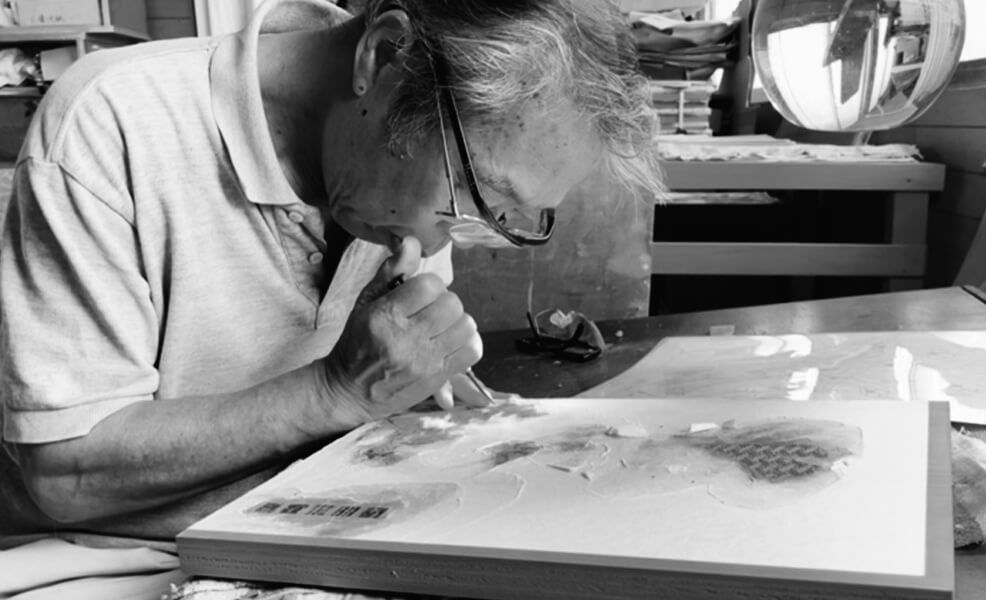
Woodcut Carver / Kazuo Watanabe
— Agency for Cultural Affairs’ Intangible Cultural Heritage Selected Conservation Techniques Association & The Society for the Conservation of Ukiyoe Woodcut Print Crafts Chairman
— Ministry of Economy, Trade and Industry certified Edo woodcut print traditional craftsman
— Born in Ibaraki Prefecture in 1945, studied under master Edo woodcut carver Hanbei Okura from 1960
Printing
After the 7 double-sided woodblocks have been carved (14 woodcuts total), the printing process can begin using traditional Japanese pigments. If the pressure used for a layer of printing is too weak or if the placement of one of the layers of print deviates even a small amount, the whole piece is affected. Therefore, this stage in the process once again requires significant craftsmanship and skill.
Besides the complexity of the printing process, it is also difficult to know how the colors will look layered together until they are actually printed. To achieve the desired effect, the craftsman must adjust and correct the paints and pigments used for the final piece many times over in the pursuit for perfection.
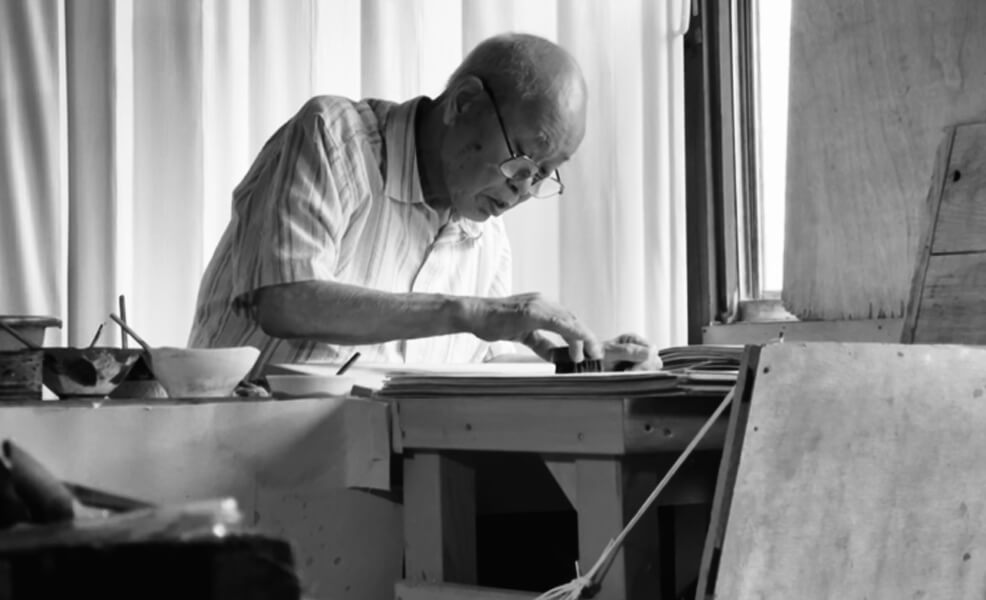
Printer / Hideo Yoshida
— Agency for Cultural Affairs’ Intangible Cultural Heritage Selected Conservation Techniques Association, Ministry of Economy, Trade and Industry Certified craftsman
— Edo woodcut print traditional craftsman
— Studied under Kazuo Watanabe’s father, Yoshiaki Watanabe (printer) from 1954. He has been making prints alongside Kazuo Watanabe as part of Watanabe Mokuhan.
About ukiyo-e
The term ukiyo-e can be translated as "pictures of the floating world," and refers to artworks which flourished during 18th century Japan (Edo Period). The rise in popularity of ukiyo-e can be attributed to advancements in woodcut printing technologies, the increase of familiar subject matter such as famous kabuki theater performers and beautiful geisha, and the contemporary trend of mass-produced reading material. Artists who illustrated these popular reading materials became ukiyo-e painters.
Famous ukiyo-e artists active in the 19th century such as Katsushika Hokusai and Utagawa Hiroshige had a huge influence on western art and culture, with their works bringing about a craze referred to as “Japonisme”. Many artists were influenced by Japonisme, including famous Impressionist painters Claude Monet and Vincent van Gogh.
Tracing back to popular entertainment from the Edo Period, modern-day manga and anime are a part of the continuation of these trends and could be said to be a modern version of ukiyo-e itself.
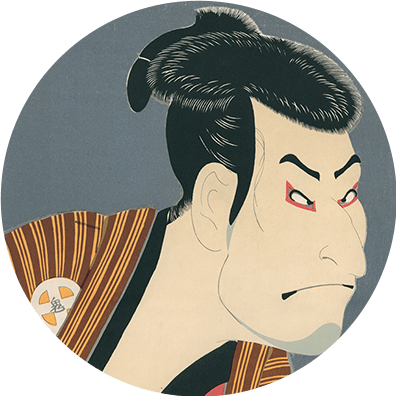
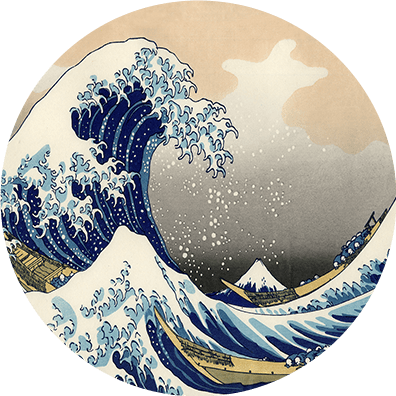
Product
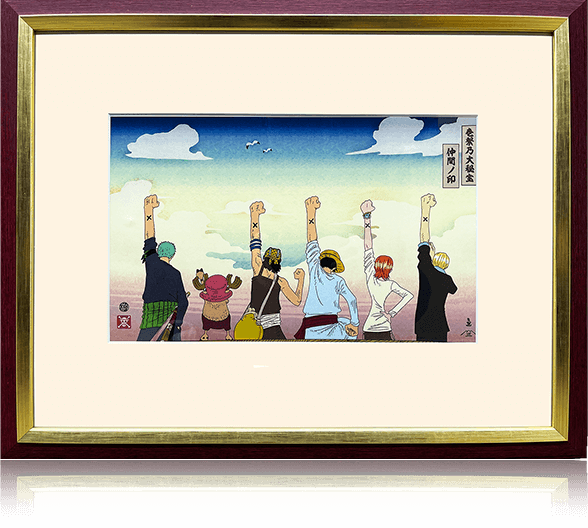
ONE PIECE ukiyo-e woodcut print
“Hito-tsunagi no Dai-hiho Nakama no Shirushi”
- Sale price
- 85,000 JPY + tax & shipping
- Stock
- limited to 150 copies worldwide
- Specifications
- artwork (220mm x 260mm approx.), original frame (445mm x 560mm approx.)
- Frame
- wood, backing plate/plywood
- Mat
- paper
- Paper
- living national treasure Ichibei Iwano’s Echizen Kizuki Bosho washi paper
- Carver
- Kazuo Watanabe
- Painter
- Hideo Yoshida

